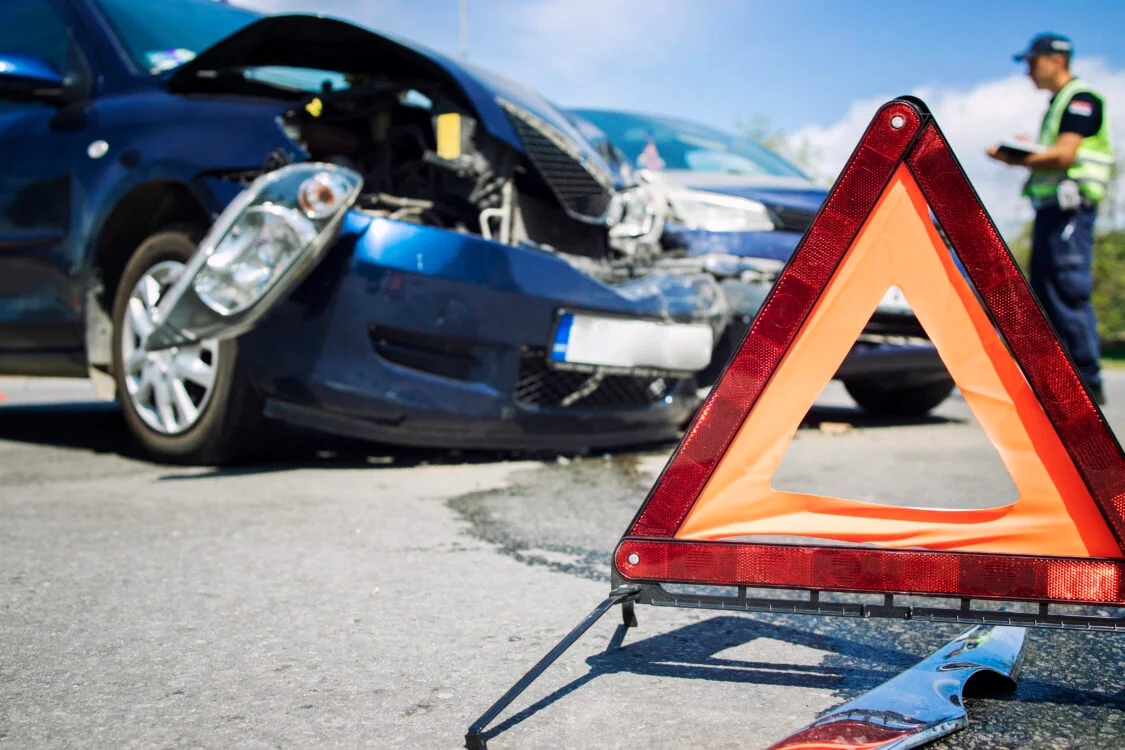
Traffic accidents represent a global concern due to their devastating impact on society. Millions of lives are lost annually, and countless families suffer the consequences. To tackle this problem, it is crucial to understand its causes, implement preventative measures and promote awareness.
Causes of Traffic Accidents:
- Irresponsible Driver Behavior: Excessive speed, driving under the influence of alcohol or drugs, and inattention behind the wheel are key factors that contribute to accidents.
- Road and Vehicle Conditions: Poorly maintained roads, lack of adequate signage and mechanical failures are elements that can trigger traffic tragedies.
- Disregard for Traffic Rules: Ignoring traffic lights, reckless overtaking and not yielding to pedestrians are examples of behaviors that increase the risk of accidents.
In 2010, the United Nations (UN) launched the 1st Decade of Action for Road Safety campaign and called on countries to adopt measures to reduce mortality by 50% by 2020. The Review of the 1st decade of action for road safety in Brazil and perspectives for the 2nd decade of Ipea, released on August 2, 2023, evaluates the policies implemented and the numbers recorded in the period.
Since 2021, Brazil has once again committed to reducing traffic deaths within a decade. The goals suggested by the UN must be implemented by 2030. Ipea researchers emphasize that, to get there, investments are needed in education, infrastructure, public transport and service.
Another investment to reduce accidents is to implement ISO 39001, which establishes requirements for road safety management systems. The main objective of ISO 39001 is to provide organizations, whether public or private, with a guide to implement effective traffic safety management measures, with the aim of reducing accidents, injuries and deaths on the roads.
The ISO 39001 standard aims to achieve the following objectives:
- Reduction of Traffic Accidents: Promote the reduction of the number of accidents on the roads, preventing injuries and deaths, both among the organization’s employees and among the general population.
- Compliance with Legal Requirements: Ensure compliance with laws and regulations related to road safety, demonstrating responsibility and legal compliance.
- Improving Traffic Safety Culture: Stimulate an organizational culture that values traffic safety, promoting safe practices among employees and partners.
- Operational Efficiency: Increase the efficiency of traffic operations, optimizing the use of resources and minimizing costs associated with accidents and incidents.
-Reputation and Image of the Organization: Improve the reputation and image of the organization before society, customers, partners and stakeholders, demonstrating commitment to road safety. - Risk Management: Identify and manage risks associated with traffic activities, implementing preventive and corrective measures to mitigate these risks.
- Promotion of Sustainability: Contribute to promoting sustainability in traffic, reducing negative impacts on communities and the environment.
The implementation of ISO 39001 allows organizations to establish a structured management system, with defined processes for identifying, evaluating and controlling road safety risks. In this way, we seek to promote a safer environment for all road users, including pedestrians, cyclists, drivers and passengers.
If there is a victim in a traffic accident, regardless of the severity, call the Mobile Emergency Assistance Service (SAMU), by calling 192, and report the crash. The police should be called whenever someone gets hurt. In these cases, the police report (B.O.) for traffic accidents is made by the agent on site.
It is the driver’s duty to provide assistance to accident victims; Failure to do so is a crime provided for in article 135 of the Brazilian Penal Code.